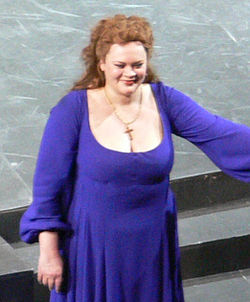This article needs additional citations for verification .(February 2011) |
This is a list of Lithuanians, both people of Lithuanian descent and people with the birthplace or citizenship of Lithuania.
Contents
- Arts
- Architecture and sculpture
- Literature
- Theater and cinema
- Ballet and dance
- Music
- Painters and graphic artists
- Politics
- Military
- Science
- Mathematics
- Economy
- Sports
- Basketball
- Cyclists
- Football
- Hockey
- Tennis
- Track and field
- Various
- Religion
- Roman Catholicism
- Eastern Orthodoxy
- Judaism
- Other
- Fictional
- Notable international people of Lithuanian descent
- See also
- References

In a case when a person was born in the territory of former Grand Duchy of Lithuania and not in the territory of modern Lithuania, only persons, who named themselves Lithuanians or were strictly connected to Lithuania in other way, are included.










